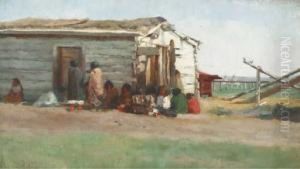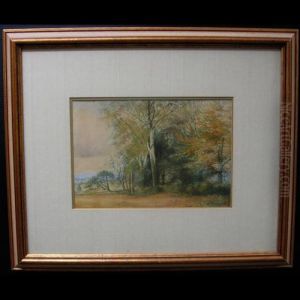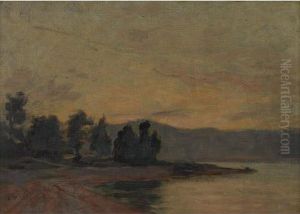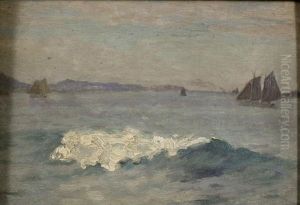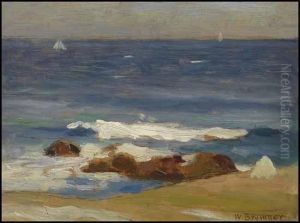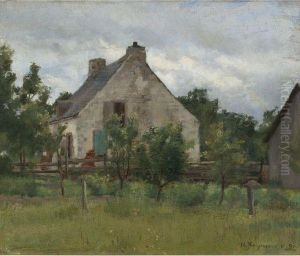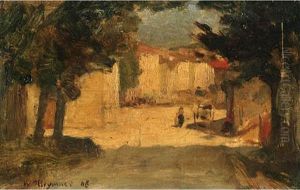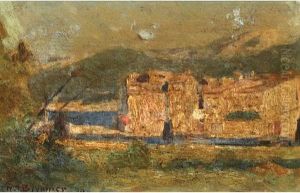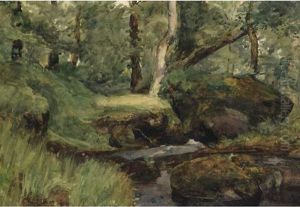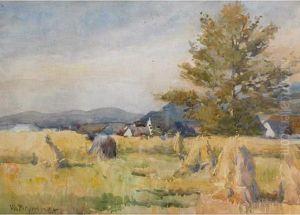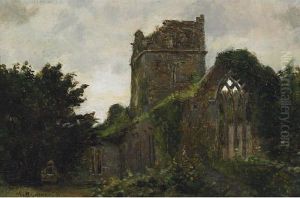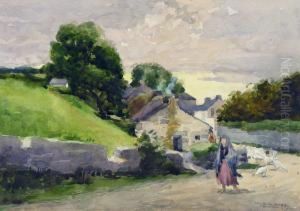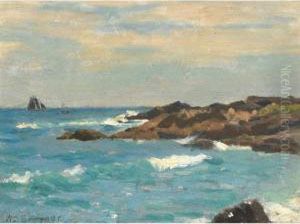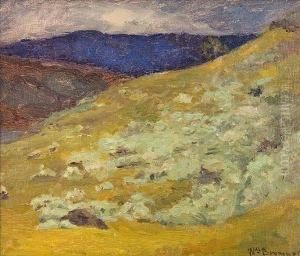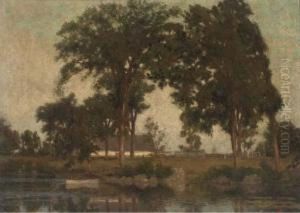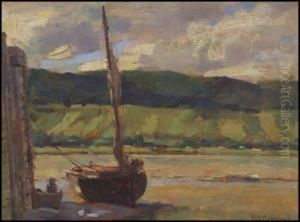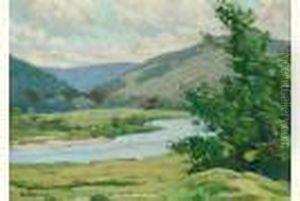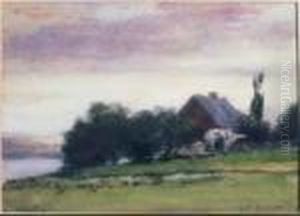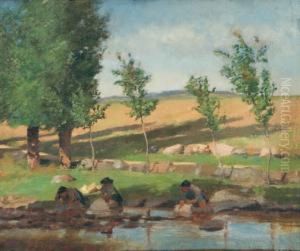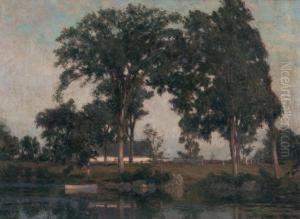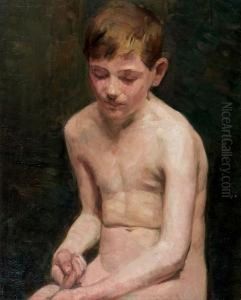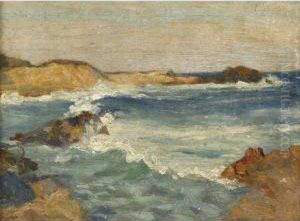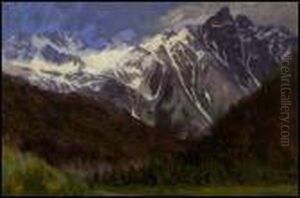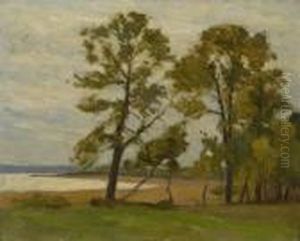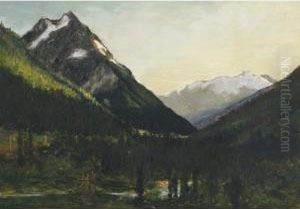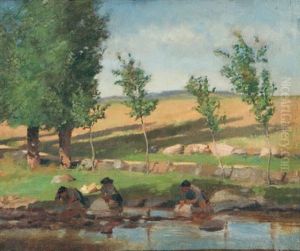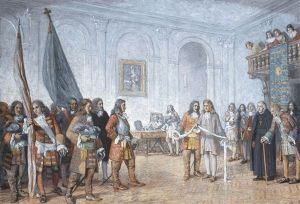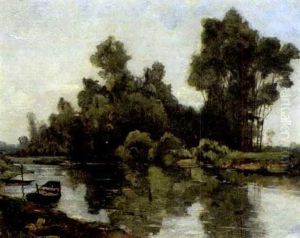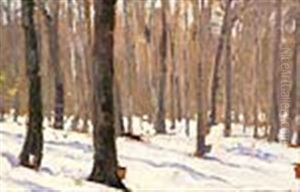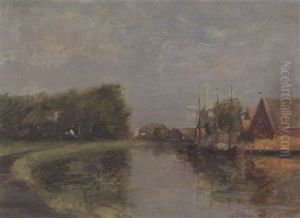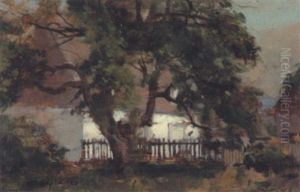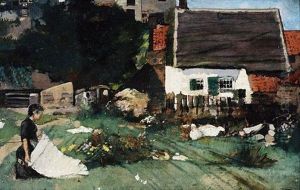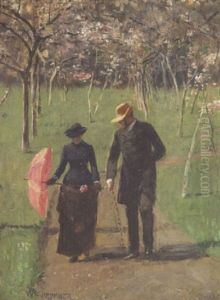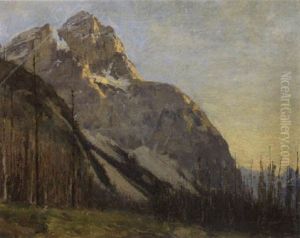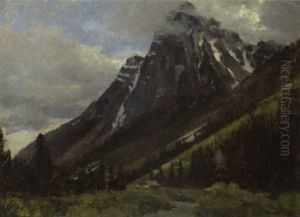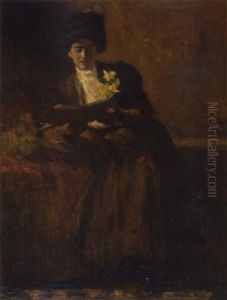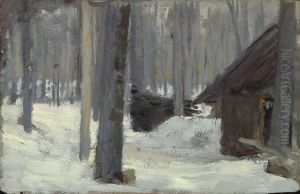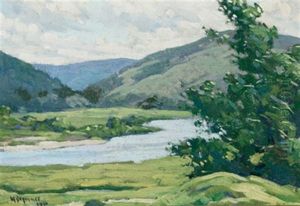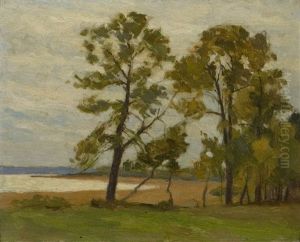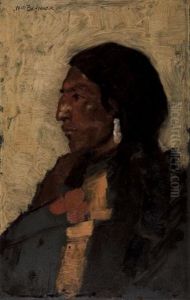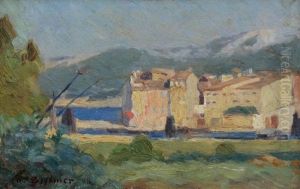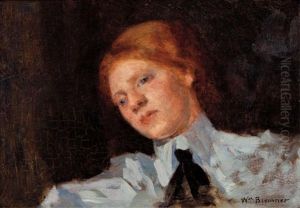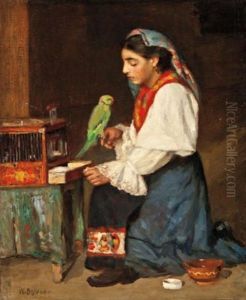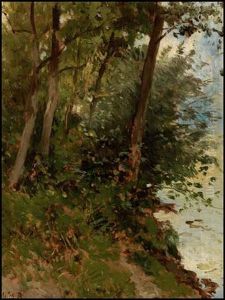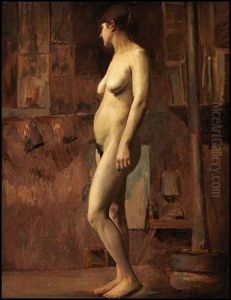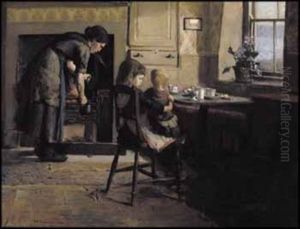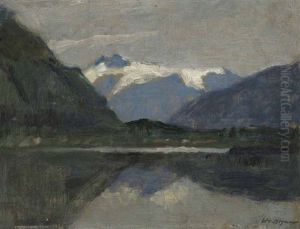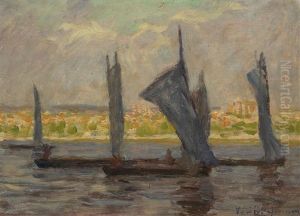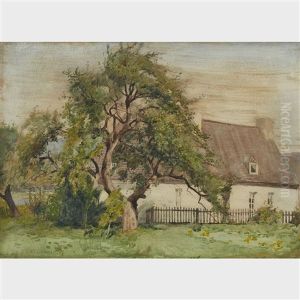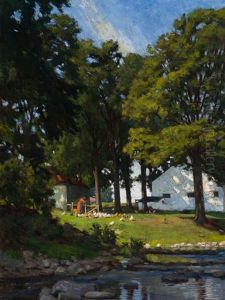William Brymner Paintings
William Brymner was a distinguished Canadian artist and teacher born on December 14, 1855, in Greenock, Scotland. He emigrated to Canada with his family in 1857, where they settled in Montreal. From a young age, Brymner showed an interest in art, and his talent was recognized early on.
Educated initially in Canada, Brymner decided to pursue formal art training in Europe, which was customary for aspiring artists of his time. He left for Paris in 1878 to study at the Académie Julian under renowned instructors such as William-Adolphe Bouguereau and Tony Robert-Fleury. Brymner also spent time studying in the ateliers of Jean-Léon Gérôme and at the École des Beaux-Arts. His European sojourn included travels to Italy and the Netherlands, where he was exposed to the works of the old masters, further enriching his artistic palette.
Upon returning to Montreal in 1886, Brymner became an influential figure in the Canadian art scene. He was appointed as a teacher at the Art Association of Montreal, where he would remain for over three decades until his retirement in 1921. As an educator, Brymner was known for his supportive and nurturing approach. He played a pivotal role in the development of Canadian art, influencing a generation of artists including Clarence Gagnon, A.Y. Jackson, and Edwin Holgate.
Brymner's own artistic style evolved over the years, reflecting his European training and the influence of the Impressionist movement. He was adept in both watercolor and oil painting, and his works often depicted landscapes, urban scenes, and the daily lives of people. While he painted a variety of subjects, he is particularly noted for his sensitive portrayal of women and children.
William Brymner was a member of the Royal Canadian Academy of Arts and also served as its president. He received numerous accolades throughout his career, including the Jessie Dow Prize for the best watercolor shown at the annual exhibition of the Art Association of Montreal in 1921.
He continued to paint and exhibit his work until his death on June 18, 1925, in Wallasey, England. Brymner's legacy is preserved through his contributions to Canadian art and the many artists he mentored who went on to shape the Canadian art landscape. His works are held in various public collections, including the National Gallery of Canada and the Montreal Museum of Fine Arts.
